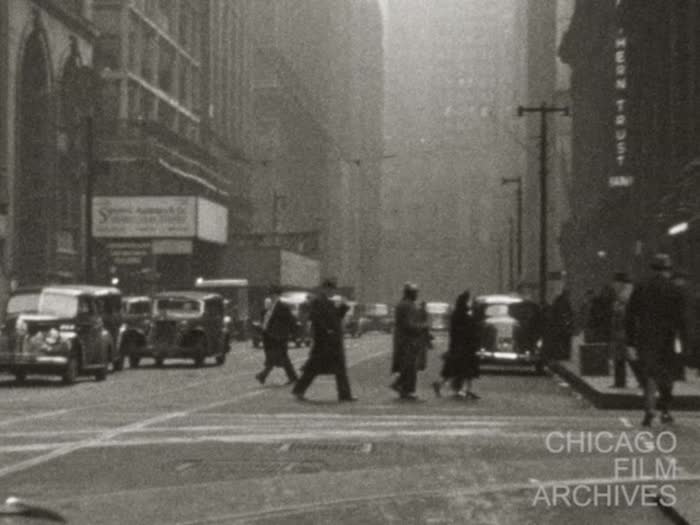Morrison-Shearer Collection
Inclusive Dates
1936 – 1997
Preservation Sponsor

Abstract
The Morrison-Shearer collection is an extensive collection of dance films, most of which were shot by Helen Balfour Morrison. Sybil Shearer and Jerry Lev, a Shearer Company dancer, shot a small number of the films. Most films were shot in Northbrook, IL at Shearer’s dance studio and the surrounding environs that include the neighboring golf course, Green Acres Country Club. Some of the 8mm films were shot in New York City. The collection features solo performances by Sybil Shearer, Shearer with her dance company, interviews with Sybil Shearer and some rehearsal footage.
Series In this Collection
Collection Items
Film
Reflection in the Puddle is Mine, The
Film
Reflection in the Puddle is Mine, The [at National, Unfinished]
Film
Popular Music: Al Jolson “You Made Me Love You”
1979
Film
Popular Music: Al Jolson “You Made Me Love You”
1979
Film
Popular Music: Al Jolson “You Made Me Love You”
1979
Film
Mysterium Tremendum [incomplete]
Film
Mysterium Tremendum
Film
Untitled Dances: Scarlatti
Film
Untitled Dances: Scarlatti
Film
Shades Before Mars (Version 3)
Film
Shades Before Mars (Version 2)
Film
Shades Before Mars (Version 1)
Film
Shades Before Mars: The First Wish [B&W version]
Film
Shades Before Mars: The First Wish [B&W version]
Film
Shades Before Mars: The First Wish [B&W version]
Film
Shades Before Mars: The First Wish [silent excerpts]
Film
Moussorgsky (Version 2)
Film
Moussorgsky (Version 1)
Film
Untitled Dances: Moussorgsky (British Film Institute)
1956
Film
Untitled Dances: Rachmaninoff (British Film Institute)
1956
Film
Untitled Dances: Rachmaninoff [incomplete]
1956
Film
Untitled Dances: Debussy (British Film Institute)
1956
Film
O Lost
Film
O Lost
Film
Untitled Dances: Ravel (British Film Institute)
1956
Film
Judgment Seeks Its Own Level
Film
Judgment Seeks Its Own Level
Film
Time Longs For Eternity
Film
Time Longs for Eternity
Film
Time Longs For Eternity
Film
Time Longs For Eternity
Film
Untitled Dances: Schubert (British Film Institute)
Film
Untitled Dances: Schubert (British Film Institute)
Film
Untitled Dances: Corelli (British Film Institute)
1956
Film
Untitled Dances: Corelli (British Film Institute)
1956
Film
Untitled Dances: Corelli (British Film Institute)
1956
Film
Salute to Old Friends: Doris Humphrey
1956
Film
Salute to Old Friends: Doris Humphrey [excerpt]
1956
Film
Salute to Old Friends: Doris Humphrey [excerpt]
1956
Film
Salute to Old Friends: Doris Humphrey [excerpt]
1956
Film
Salute to Old Friends: Doris Humphrey [excerpt]
1956
Film
Salute to Old Friends: Doris Humphrey [excerpt]
1956
Film
Salute to Old Friends: Doris Humphrey [excerpt]
1956
Film
Salute to Old Friends: Walter Terry
1956
Film
Salute to Old Friends: Agnes de Mille
1956
Film
Salute to Old Friends: John Martin
1956
Film
No Peace on Earth
Film
No Peace on Earth
Film
No Peace On Earth
Film
No Peace On Earth
Film
No Peace On Earth
Film
No Peace On Earth
Film
No Peace On Earth
Film
In a Vacuum [incomplete]
Film
In a Vacuum [incomplete]
Film
In a Vacuum
Film
In a Vacuum [outtake]
Film
In a Vacuum [incomplete]
Film
Sybil Shearer: Untitled Dances (2023 Preservation Print)
Film
Five Early Solos (2023 Preservation Print)
Film
A Salute to Old Friends (2023 Preservation Print)
Film
O Lost / No Peace on Earth / Scarlatti (2023 Preservation Print)
Film
Chicago in Black-and-White
circa 1939
Film
Chicago in Color / [Unknown]
circa 1940
Film
Chicago in Black and White
circa 1940
To request more information about the items in this collection, please contact the archive at
info@chicagofilmarchives.org.
Items with Viewable Media
- Five Early Solos (2023 Preservation Print)
- O Lost / No Peace on Earth / Scarlatti (2023 Preservation Print)
- A Salute to Old Friends (2023 Preservation Print)
- Sybil Shearer: Untitled Dances (2023 Preservation Print)
- In a Vacuum
- In a Vacuum [incomplete]
- In a Vacuum [incomplete]
- In a Vacuum [incomplete]
- In a Vacuum [outtake]
- No Peace On Earth
- No Peace On Earth
- No Peace On Earth
- No Peace On Earth
- No Peace On Earth
- No Peace on Earth
- No Peace on Earth
- Popular Music: Al Jolson “You Made Me Love You”
- Popular Music: Al Jolson “You Made Me Love You”
- Popular Music: Al Jolson “You Made Me Love You”
- Popular Music: Al Jolson “You Made Me Love You”
- Popular Music: Al Jolson “You Made Me Love You”
- Popular Music: Al Jolson “You Made Me Love You”
- Salute to Old Friends: Doris Humphrey
- Salute to Old Friends: Doris Humphrey
- Salute to Old Friends: Doris Humphrey [excerpt]
- Salute to Old Friends: Doris Humphrey [excerpt]
- Salute to Old Friends: Doris Humphrey [excerpt]
- Salute to Old Friends: Doris Humphrey [excerpt]
- Salute to Old Friends: Doris Humphrey [excerpt]
- Salute to Old Friends: Doris Humphrey [excerpt]
- Shades Before Mars: The First Wish
- Shades Before Mars: The First Wish [B&W version]
- Shades Before Mars: The First Wish [B&W version]
- Shades Before Mars: The First Wish [B&W version]
- Shades Before Mars: The First Wish [silent excerpts]
- Shades Before Mars: The First Wish [silent original]
- Shades Before Mars (Version 1)
- Shades Before Mars (Version 2)
- Shades Before Mars (Version 3)
- Untitled Dances: Corelli (British Film Institute)
- Untitled Dances: Corelli (British Film Institute)
- Untitled Dances: Corelli (British Film Institute)
- Untitled Dances: Corelli (British Film Institute)
- Untitled Dances: Debussy (British Film Institute)
- Untitled Dances: Debussy (British Film Institute)
- Untitled Dances: Debussy [silent original]
- Moussorgsky (Version 1)
- Moussorgsky (Version 2)
- Untitled Dances: Moussorgsky (British Film Institute)
- Untitled Dances: Moussorgsky (British Film Institute)
- Untitled Dances: Moussorgsky (British Film Institute)
- Untitled Dances: Rachmaninoff (British Film Institute)
- Untitled Dances: Rachmaninoff (British Film Institute)
- Untitled Dances: Rachmaninoff (British Film Institute)
- Untitled Dances: Rachmaninoff [incomplete]
- Untitled Dances: Ravel (British Film Institute)
- Untitled Dances: Ravel (British Film Institute)
- Untitled Dances: Ravel (British Film Institute)
- Untitled Dances: Schubert (British Film Institute)
- Untitled Dances: Schubert (British Film Institute)
- Untitled Dances: Schubert (British Film Institute)
- Untitled Dances: Schubert (British Film Institute) [Dupe]
- Reflection in the Puddle is Mine, The
- Reflection in the Puddle is Mine, The
- Reflection in the Puddle is Mine, The
- Reflection in the Puddle is Mine, The [at National, Unfinished]
- 1955 circa: Sybil and Tura
- The Balfour Morrison Family, circa 1936
- Balfour Morrison Home Movies, circa 1936
- Balfour Morrison Home Movies, circa 1936
- Chicago in Black and White
- Chicago in Black-and-White
- Chicago in Color / [Unknown]
- Dogs in Color
- Family: McCootain, Squeakie-Bob, Harriet, Rosemary, Helen and Sybil
- J. and Dogs
- Lyons in Color
- New York City in Color / Chicago in Color
- Sybil and Mike On Porch
- Sybil's Christmas Party
- Sybil Shearer and Dogs
- Tain and Sybil
- Tain in Arizona
- [Untitled Home Movie]
SERIES I: Solo Dances
SERIES II: Company Dances
SERIES III: A Sheaf of Dreams
SERIES IV: Interviews
SERIES V: Commercial Films
SERIES VI: Personal Films
Collection Identifier
C.2019-14
Extent of Collection
411 16mm reels, 187 8mm films and 10 1/4" video tapes totaling 151,157' in length; 45 3/4" U-MATIC cassette tapes; 6 VHS tapes
Language Of Materials
English
Subject
Custodial History
Most films were created at the Northbrook home and studio of Helen Morrison and Sybil Shearer. All films had been held at the Northbrook home of Helen Morrison which was on the same property as Sybil Shearer’ studio. Helen Morrison's residence and Sybil Shearer’s studio are now the Morrison-Shearer Foundation headquarters. In 2008 the films were moved to Chicago Film Archives at the behest of the Foundation in order to have them managed and cared for in more ideal circumstances.
Related Materials
The Morrison Shearer Foundation is a resource for additional information about this collection and its history.
The Newberry Library holds the papers of both Sybil Shearer and Helen Balfour Morrison.
Other relevant collections at Chicago Film Archives include:
- The Ruth Page Collection, which contains the work of another significant Chicago-based modern dance choreographer
- The Chicago Public Library Collection, which contains films of various works by Martha Graham
The Newberry Library holds the papers of both Sybil Shearer and Helen Balfour Morrison.
Other relevant collections at Chicago Film Archives include:
- The Ruth Page Collection, which contains the work of another significant Chicago-based modern dance choreographer
- The Chicago Public Library Collection, which contains films of various works by Martha Graham
Access Restrictions
This collection is open to on-site access. Appointments must be made with Chicago Film Archives. Due to the fragile nature of the films, only video copies will be provided for on-site viewing.
Use Restrictions
In 2019 the Morrison Shearer Foundation gifted the collection to Chicago Film Archives, but retained their status as the sole copyright owner. At this same time, MSF granted CFA the exclusive rights to use the material with the agreement that the Foundation would be notified of its use.
Creators
Shearer, Sybil
(was created by)
Sybil Shearer (1912-2005) burst upon the modern dance scene in October 1941 in a solo debut at Carnegie Hall that received rave reviews and an award from critic John Martin as the year’s most promising solo choreographer. Already setting a radical new direction in modern dance, she came to believe that New York was no place to develop dance as an art.
In 1942 she left New York for the new Roosevelt College in Chicago, where she was given the freedom to work independently, close to nature, and in her own unorthodox way. Within a month of her arrival, she met Helen Balfour Morrison, the photographer who became her artistic collaborator for the next forty years. Thus began a career of one of the finest dancers of the 20th century, though deemed “elusive,” and “rarely seen.”
Shearer formed the Morrison-Shearer Foundation in 1991 to perpetuate their artistic legacy. Under the auspices of the Foundation, she brought Susanne Linke, the German expressionist dancer, to Chicago in 1991 to perform at the Harold Washington Library. In 1993 she arranged a tour to Germany for the 20th anniversary of the Hamburg Ballet, whose director, John Neumeier, had been a member of the Sybil Shearer Company in the 1960s. In February 2005 she danced publicly for the last time at the Art Institute of Chicago, interpreting Matisse in the "Artists and Dance" program, just nine months before her death at the age of 93.
Morrison, Helen Balfour
(was created by)
In 1942 she left New York for the new Roosevelt College in Chicago, where she was given the freedom to work independently, close to nature, and in her own unorthodox way. Within a month of her arrival, she met Helen Balfour Morrison, the photographer who became her artistic collaborator for the next forty years. Thus began a career of one of the finest dancers of the 20th century, though deemed “elusive,” and “rarely seen.”
Shearer formed the Morrison-Shearer Foundation in 1991 to perpetuate their artistic legacy. Under the auspices of the Foundation, she brought Susanne Linke, the German expressionist dancer, to Chicago in 1991 to perform at the Harold Washington Library. In 1993 she arranged a tour to Germany for the 20th anniversary of the Hamburg Ballet, whose director, John Neumeier, had been a member of the Sybil Shearer Company in the 1960s. In February 2005 she danced publicly for the last time at the Art Institute of Chicago, interpreting Matisse in the "Artists and Dance" program, just nine months before her death at the age of 93.
Helen Balfour Morrison (1901-1984) was born in Evanston, Illinois, the daughter of Fannie Lindley and Alexander Balfour, an engineer and a proud, aristocratic Scotsman. When Helen was 17, her mother died, and Helen took a job in a photography studio to help support the family. At this studio she learned to use the portrait camera and helped expand the studio's business with creative ideas of her own.
In the 1930s, Helen Balfour Morrison embarked upon a personal photography project - the Great Americans series. She photographed some 200 notable personalities including Robert Frost, Helen Hayes, Nelson Algren, Frank Lloyd Wright, Alice B. Toklas and Gertrude Stein, Mies van der Rohe, Amelia Earhart, Jane Addams, and Saul Bellow. Most of these portrait sessions took place in Chicago or in New York and were exhibited widely in museums throughout the country.
In 1942, Morrison met Sybil Shearer, and although her portrait work and exhibitions of the Great Americans continued, her attention gradually shifted to Sybil as her primary subject. She finally abandoned the Great Americans series in 1945. Her collaboration with Sybil Shearer produced a large collection of extraordinary dance photographs and films, as well as an intense and sensitive documentation of the life of this artist.
Today her extensive portfolio remains largely unpublished and unknown. In a real sense she sacrificed her own career to promote that of Sybil. Besides designing the lighting, Helen took over the complete management of Sybil's publicity, performances, travel arrangements, and hospitality. She experimented with the role of impresario, presenting dancer Ruth St. Denis in 1946 and both dancer Eleanor King and sculptor Richard Lippold in 1948. In 1949 she conceived a short-lived series of programs which she called "Rondo," presenting other artists, including Uta Hagan, Merce Cunningham, pianist William Masselos, and Frank Lloyd Wright. In later years she made films to record Sybil's dances, and made one artistic film of her own.
In the 1930s, Helen Balfour Morrison embarked upon a personal photography project - the Great Americans series. She photographed some 200 notable personalities including Robert Frost, Helen Hayes, Nelson Algren, Frank Lloyd Wright, Alice B. Toklas and Gertrude Stein, Mies van der Rohe, Amelia Earhart, Jane Addams, and Saul Bellow. Most of these portrait sessions took place in Chicago or in New York and were exhibited widely in museums throughout the country.
In 1942, Morrison met Sybil Shearer, and although her portrait work and exhibitions of the Great Americans continued, her attention gradually shifted to Sybil as her primary subject. She finally abandoned the Great Americans series in 1945. Her collaboration with Sybil Shearer produced a large collection of extraordinary dance photographs and films, as well as an intense and sensitive documentation of the life of this artist.
Today her extensive portfolio remains largely unpublished and unknown. In a real sense she sacrificed her own career to promote that of Sybil. Besides designing the lighting, Helen took over the complete management of Sybil's publicity, performances, travel arrangements, and hospitality. She experimented with the role of impresario, presenting dancer Ruth St. Denis in 1946 and both dancer Eleanor King and sculptor Richard Lippold in 1948. In 1949 she conceived a short-lived series of programs which she called "Rondo," presenting other artists, including Uta Hagan, Merce Cunningham, pianist William Masselos, and Frank Lloyd Wright. In later years she made films to record Sybil's dances, and made one artistic film of her own.



![[Morrison-Shearer_collection_still]](https://collections.chicagofilmarchives.org/media/cfa/images/1/8/65704_ca_object_representations_media_1817_large.jpg)







![Reflection in the Puddle is Mine, The [at National, Unfinished]](https://collections.chicagofilmarchives.org/media/cfa/images/1/6/15478_ca_object_representations_media_1639_large.jpg)
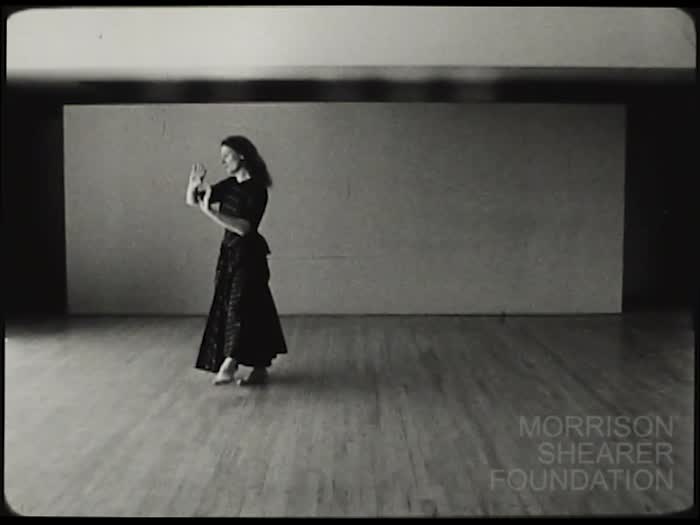
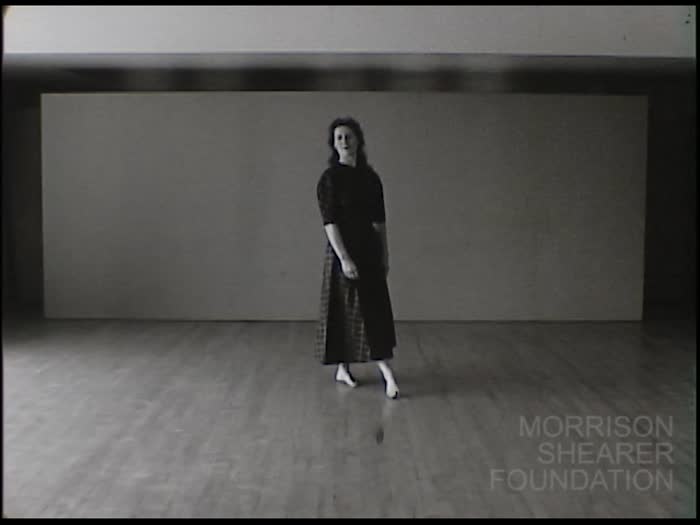
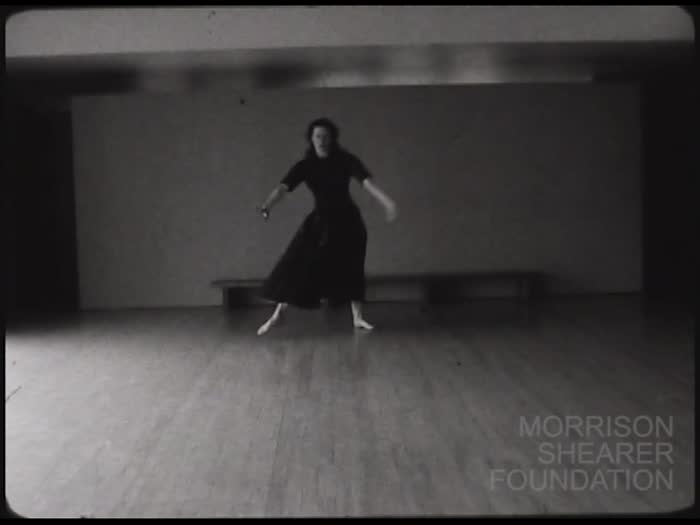
![Mysterium Tremendum [incomplete]](https://collections.chicagofilmarchives.org/media/cfa/images/2/6/87134_ca_object_representations_media_2663_large.jpg)

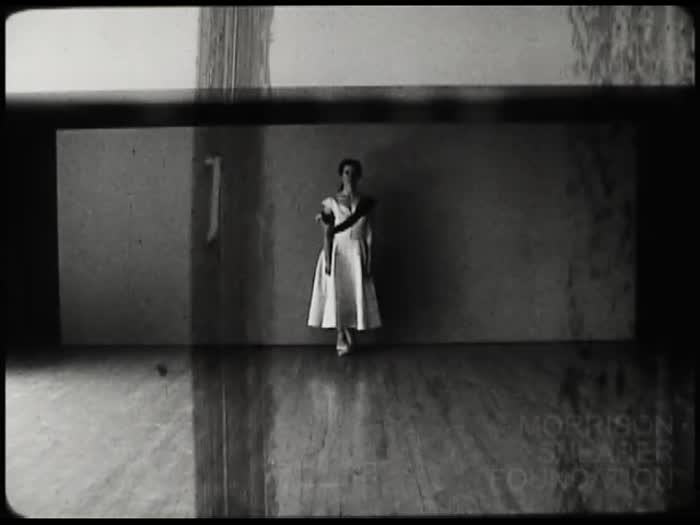
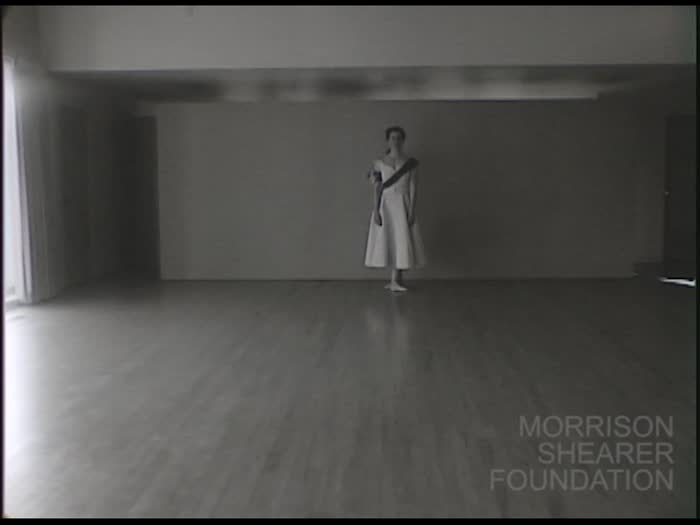
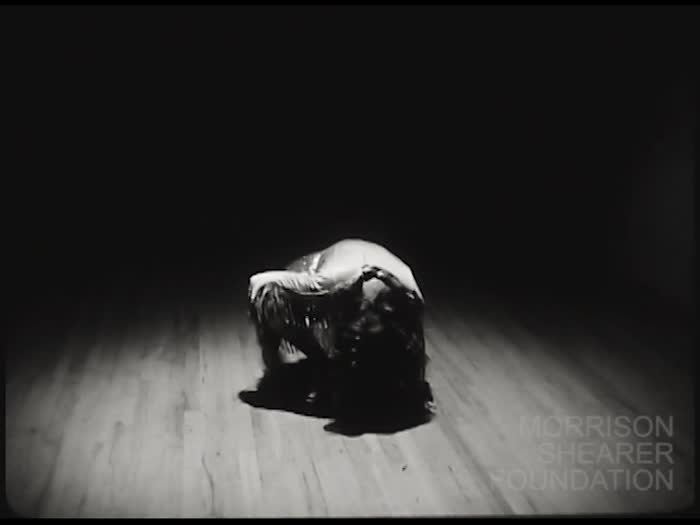
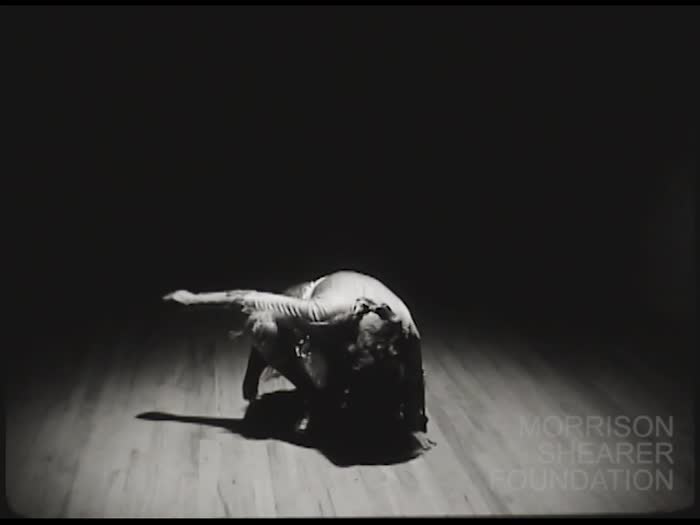
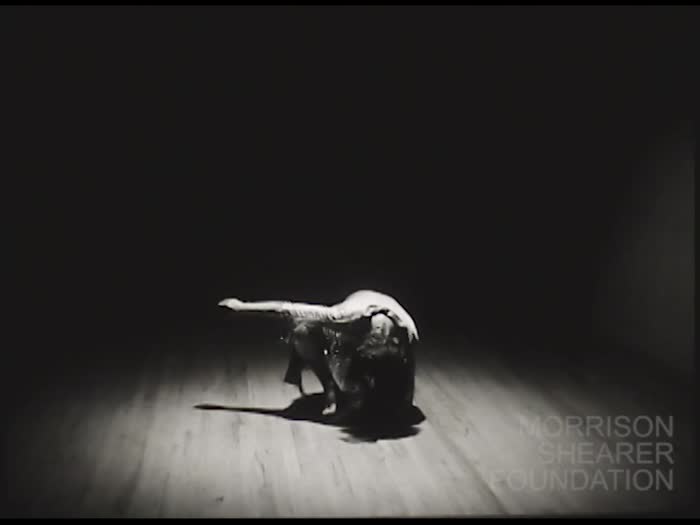
![Shades Before Mars: The First Wish [B&W version]](https://collections.chicagofilmarchives.org/media/cfa/images/2/6/75514_ca_object_representations_media_2657_large.jpg)
![Shades Before Mars: The First Wish [B&W version]](https://collections.chicagofilmarchives.org/media/cfa/images/2/5/59108_ca_object_representations_media_2546_large.jpg)
![Shades Before Mars: The First Wish [B&W version]](https://collections.chicagofilmarchives.org/media/cfa/images/2/5/20395_ca_object_representations_media_2545_large.jpg)
![Shades Before Mars: The First Wish [silent excerpts]](https://collections.chicagofilmarchives.org/media/cfa/images/2/5/77604_ca_object_representations_media_2543_large.jpg)
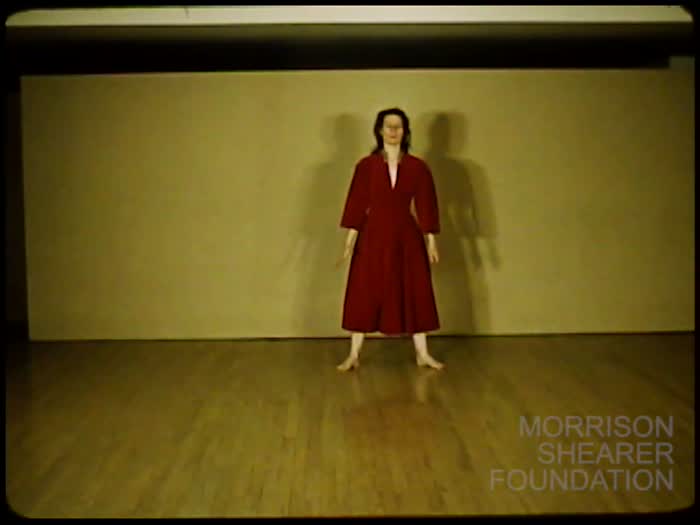
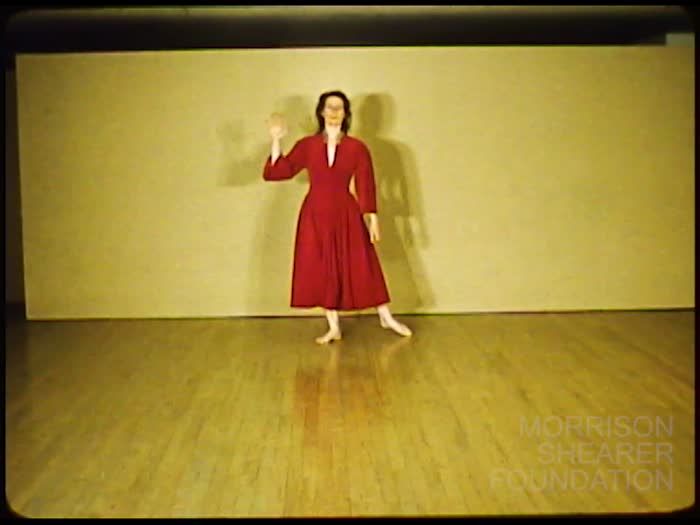
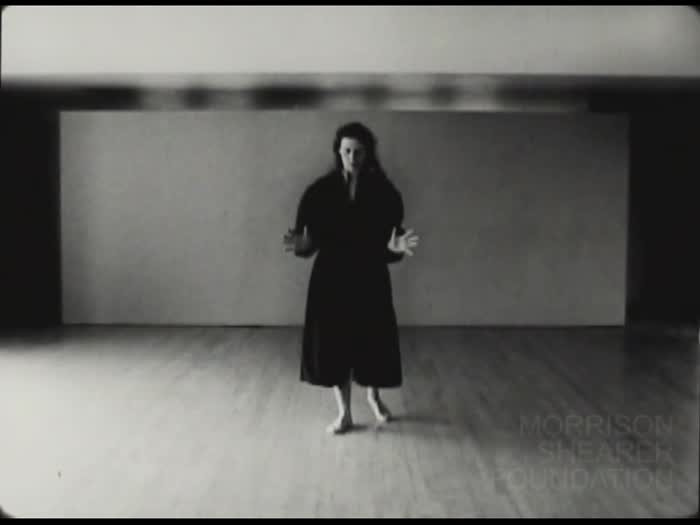
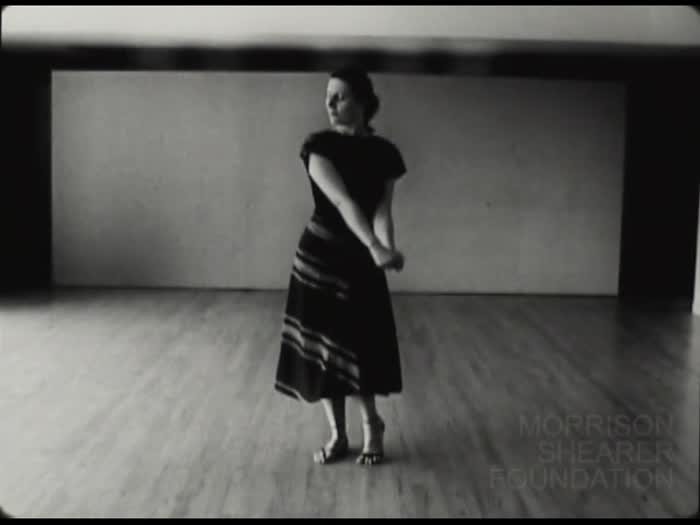
![Untitled Dances: Rachmaninoff [incomplete]](https://collections.chicagofilmarchives.org/media/cfa/images/2/5/83030_ca_object_representations_media_2540_large.jpg)
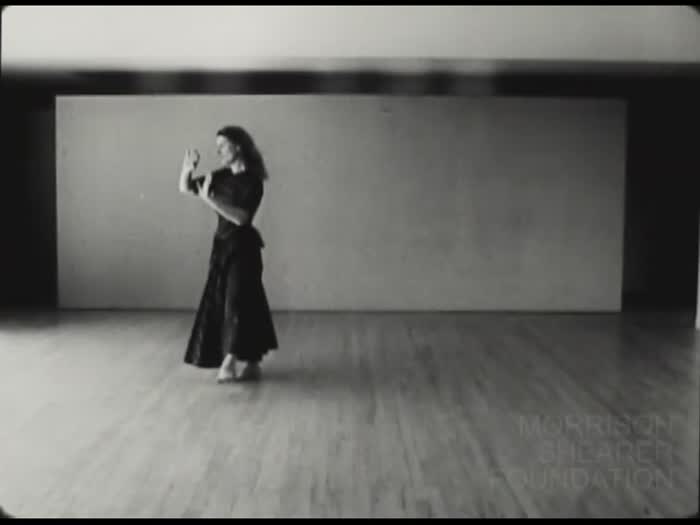
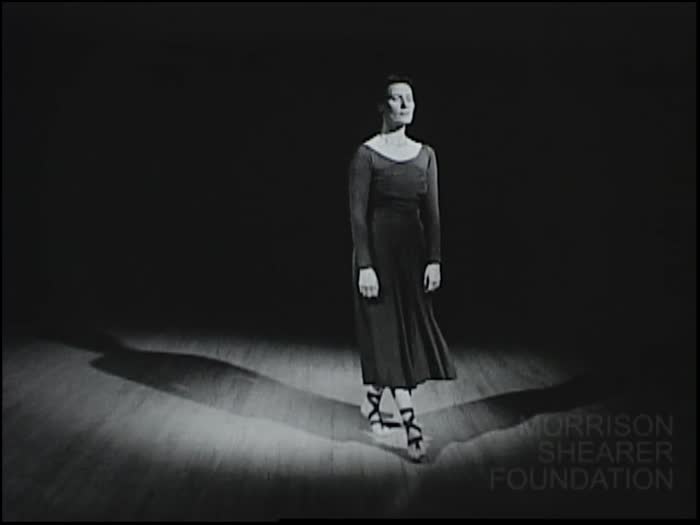
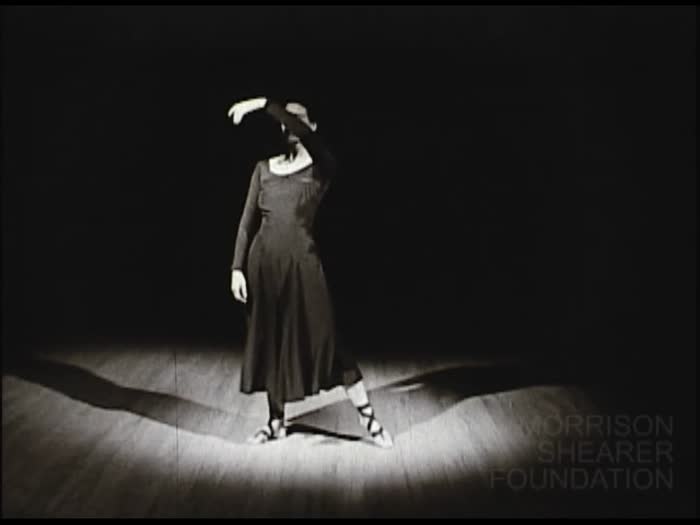
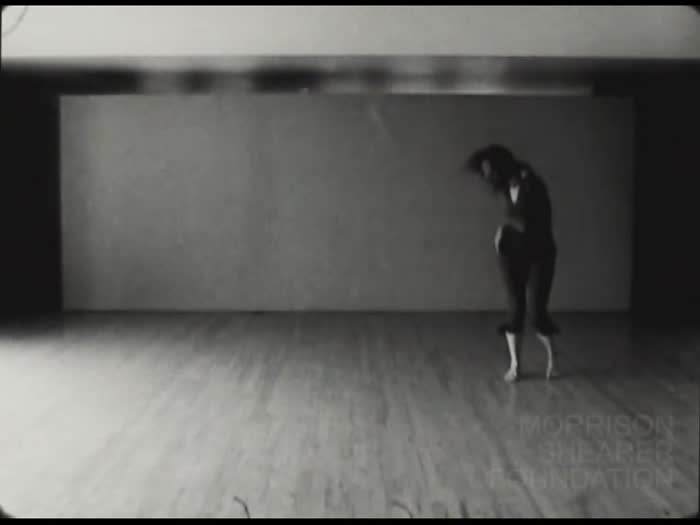

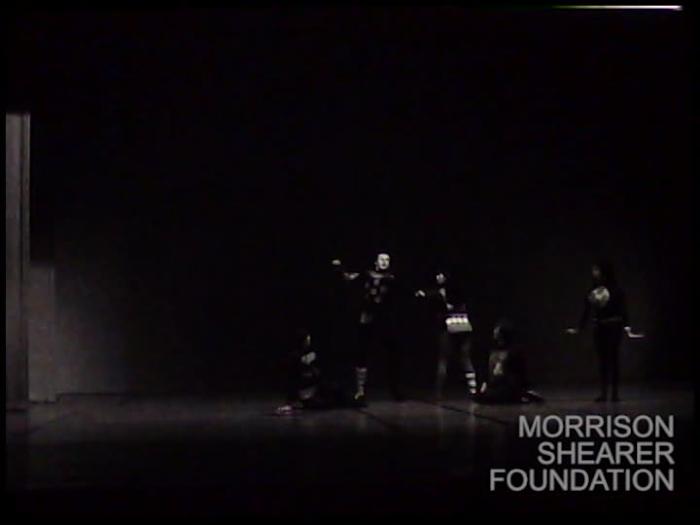
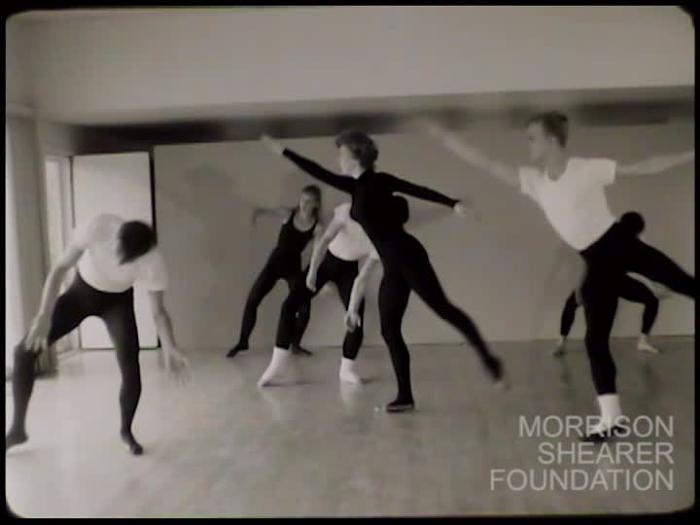
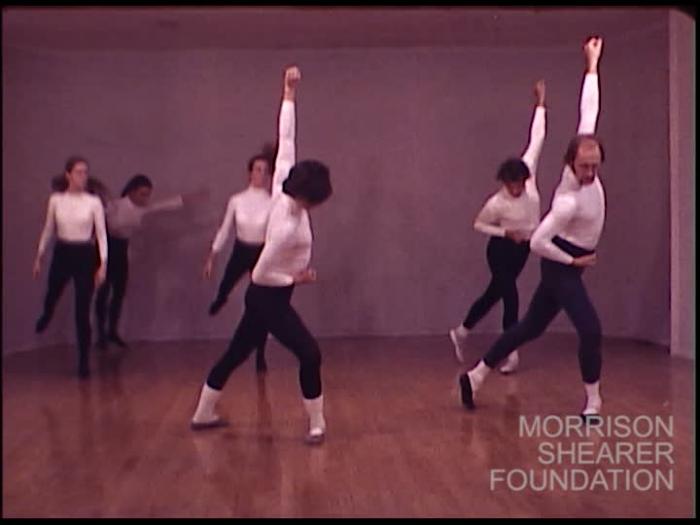
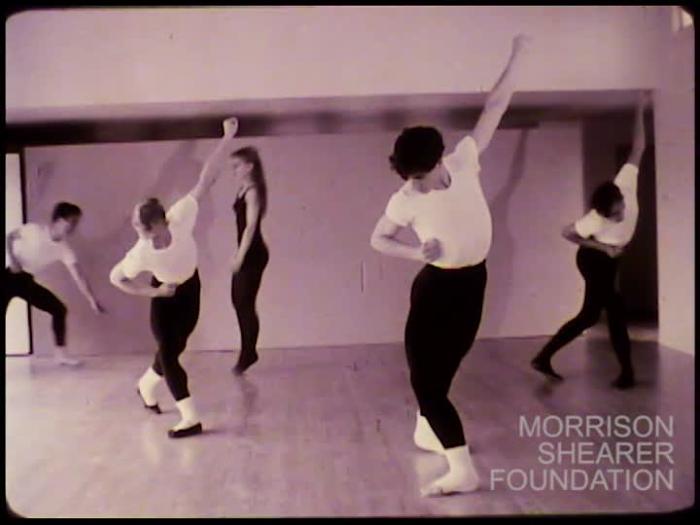
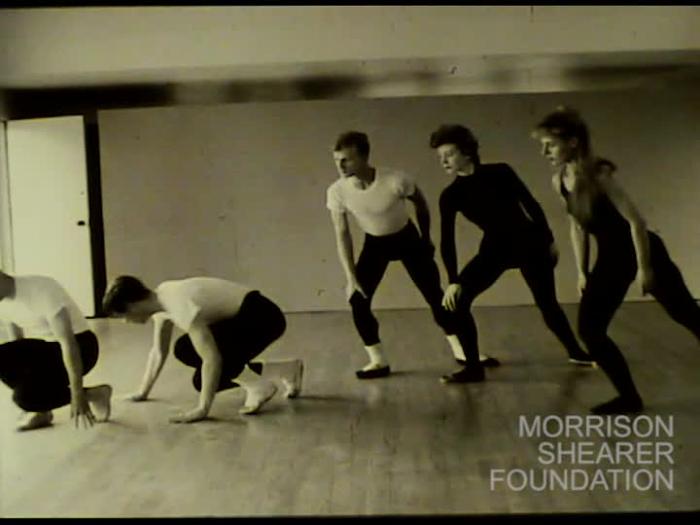
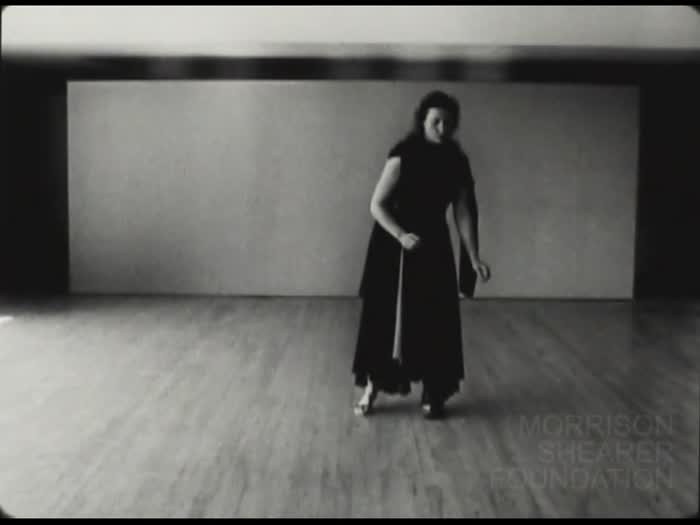
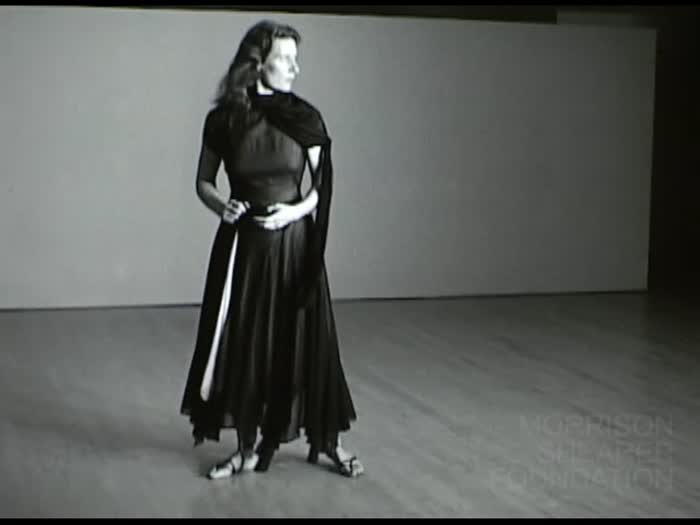

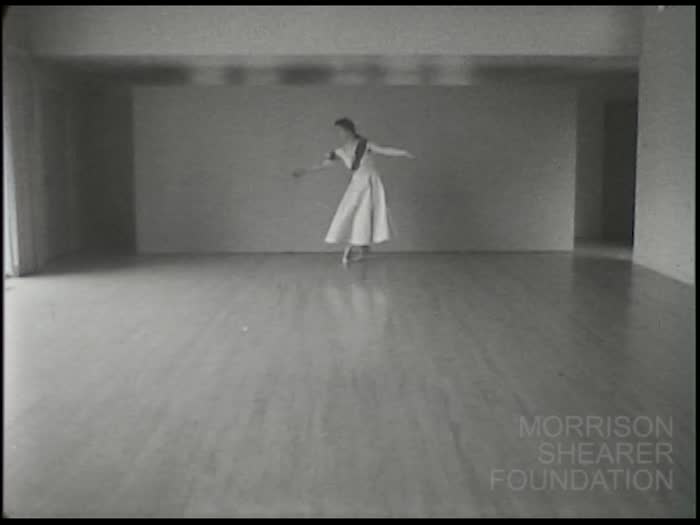
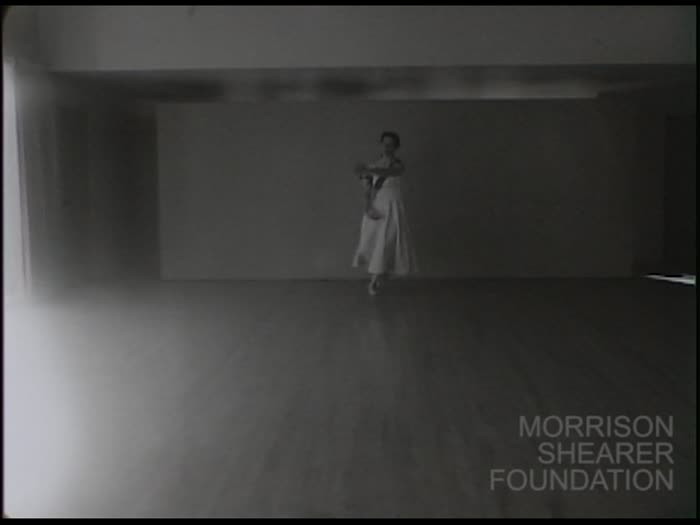

![Salute to Old Friends: Doris Humphrey [excerpt]](https://collections.chicagofilmarchives.org/media/cfa/images/2/1/38014_ca_object_representations_media_2104_large.jpg)
![Salute to Old Friends: Doris Humphrey [excerpt]](https://collections.chicagofilmarchives.org/media/cfa/images/2/1/91482_ca_object_representations_media_2105_large.jpg)
![Salute to Old Friends: Doris Humphrey [excerpt]](https://collections.chicagofilmarchives.org/media/cfa/images/2/1/82399_ca_object_representations_media_2106_large.jpg)
![Salute to Old Friends: Doris Humphrey [excerpt]](https://collections.chicagofilmarchives.org/media/cfa/images/2/1/32492_ca_object_representations_media_2107_large.jpg)
![Salute to Old Friends: Doris Humphrey [excerpt]](https://collections.chicagofilmarchives.org/media/cfa/images/2/1/10869_ca_object_representations_media_2108_large.jpg)
![Salute to Old Friends: Doris Humphrey [excerpt]](https://collections.chicagofilmarchives.org/media/cfa/images/2/1/68573_ca_object_representations_media_2109_large.jpg)
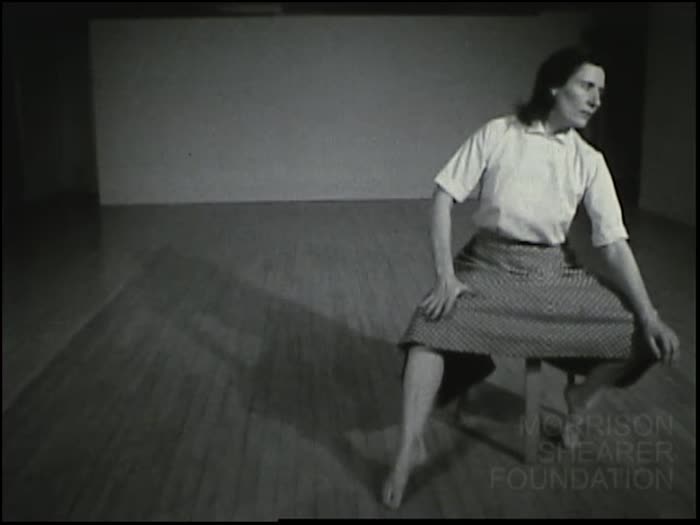
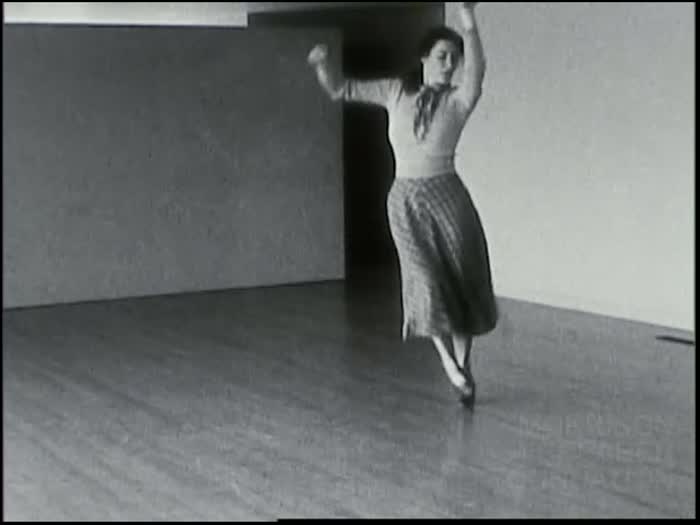
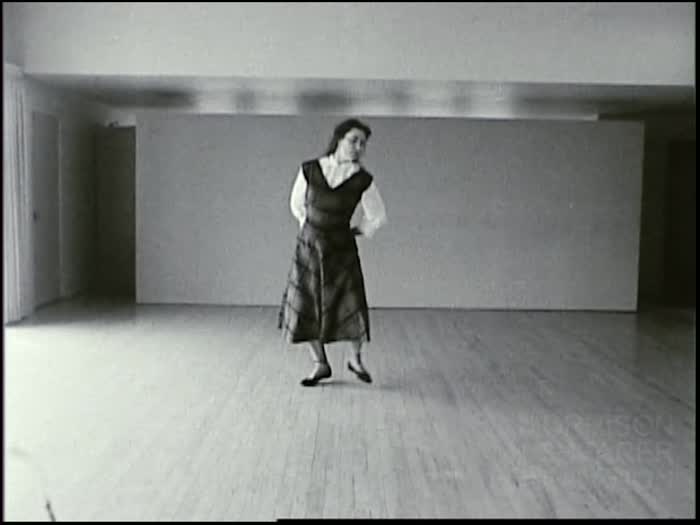

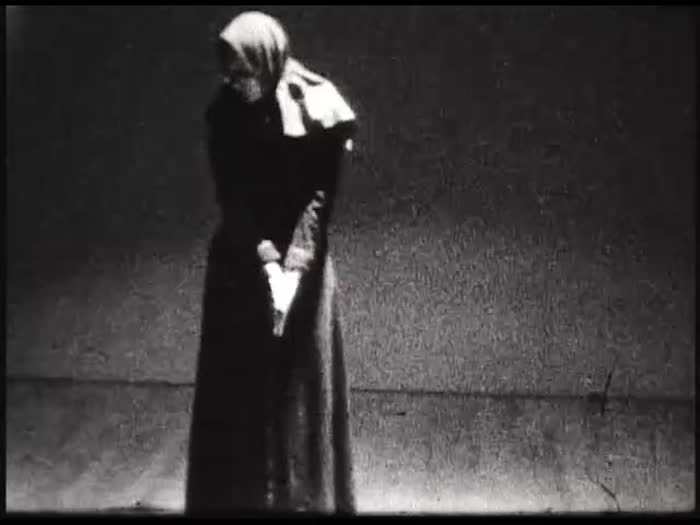
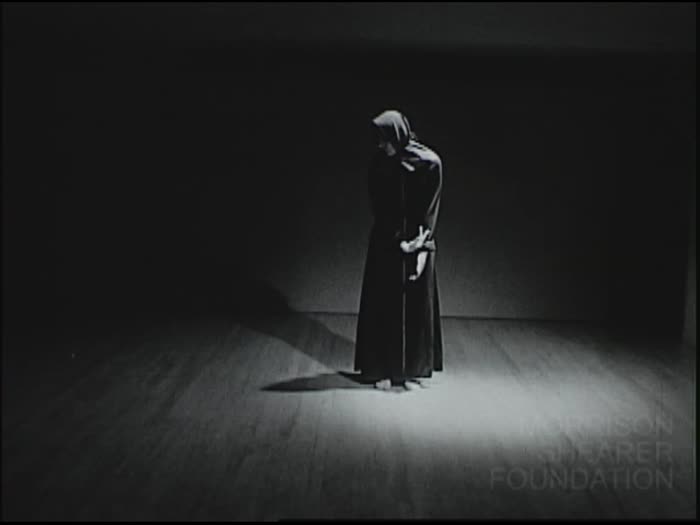
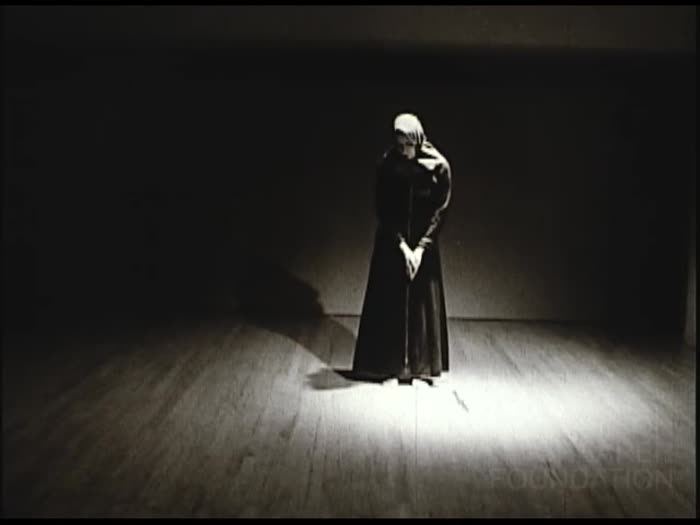
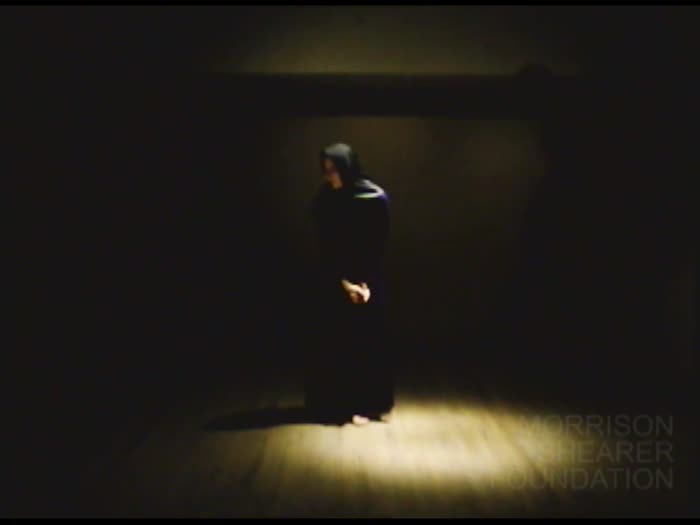
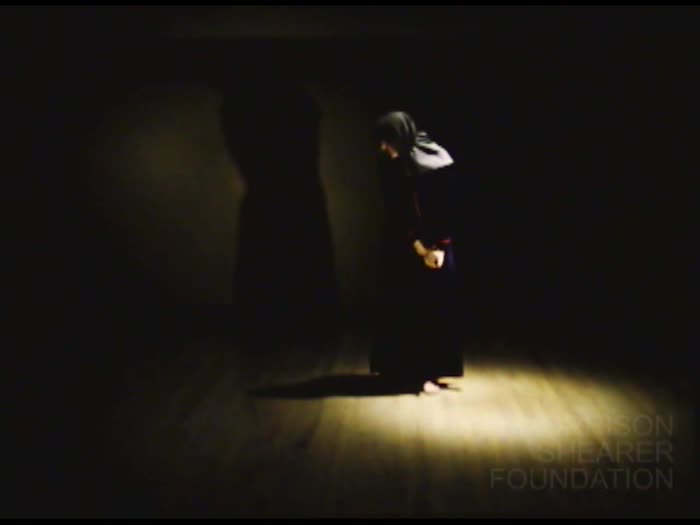
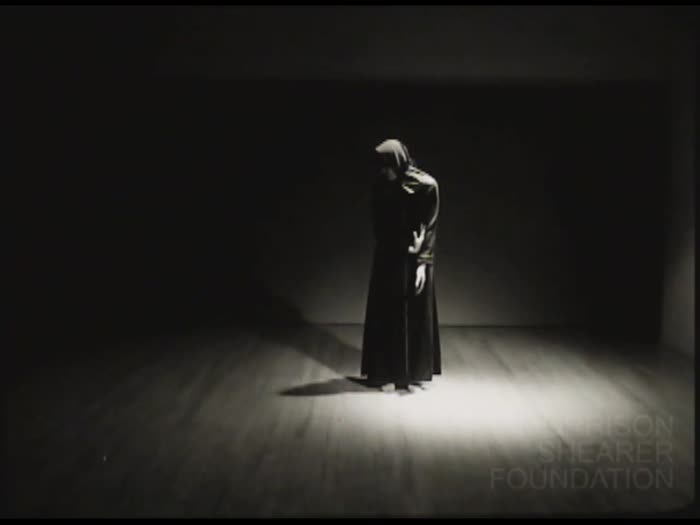
![In a Vacuum [incomplete]](https://collections.chicagofilmarchives.org/media/cfa/images/2/0/22487_ca_object_representations_media_2098_large.jpg)
![In a Vacuum [incomplete]](https://collections.chicagofilmarchives.org/media/cfa/images/2/0/19546_ca_object_representations_media_2099_large.jpg)
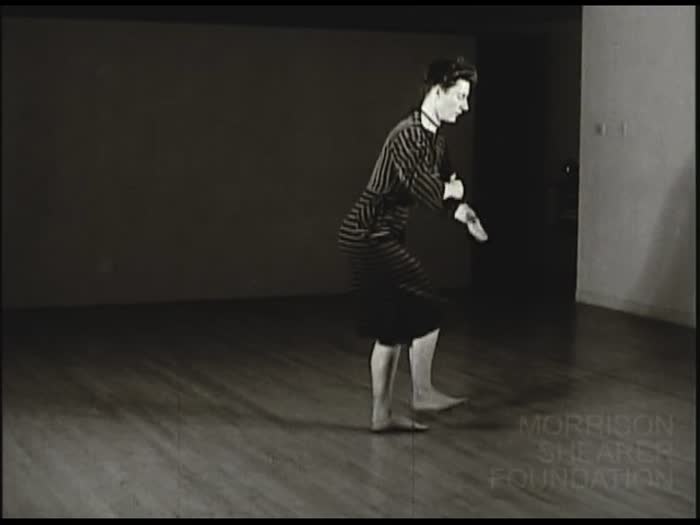
![In a Vacuum [outtake]](https://collections.chicagofilmarchives.org/media/cfa/images/1/6/56116_ca_object_representations_media_1631_large.jpg)
![In a Vacuum [incomplete]](https://collections.chicagofilmarchives.org/media/cfa/images/1/6/80161_ca_object_representations_media_1629_large.jpg)
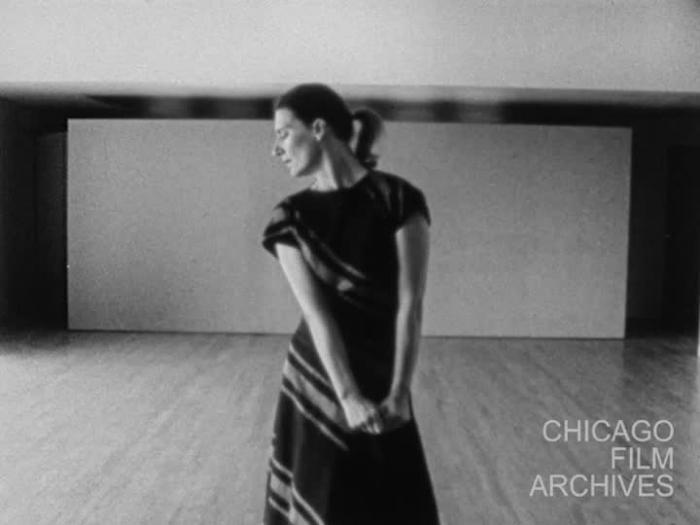
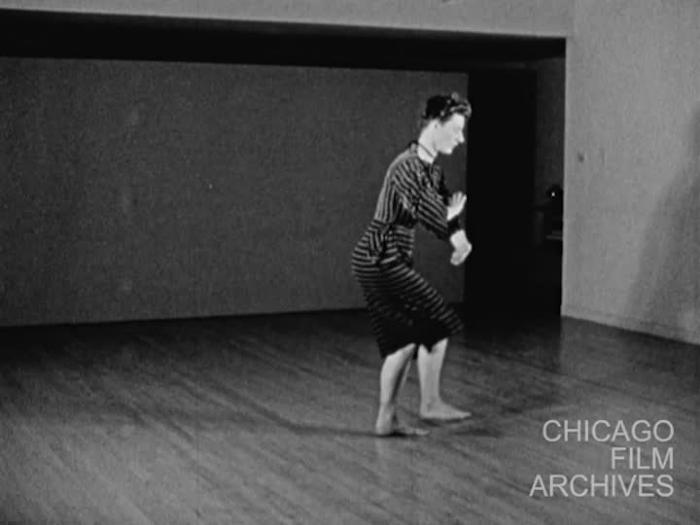
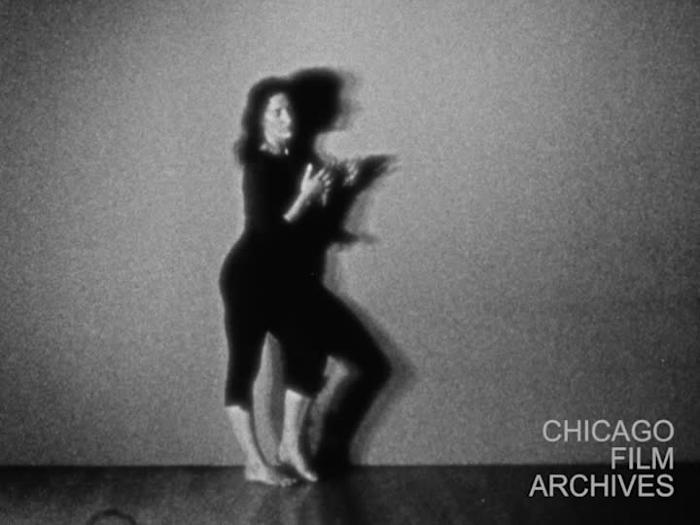
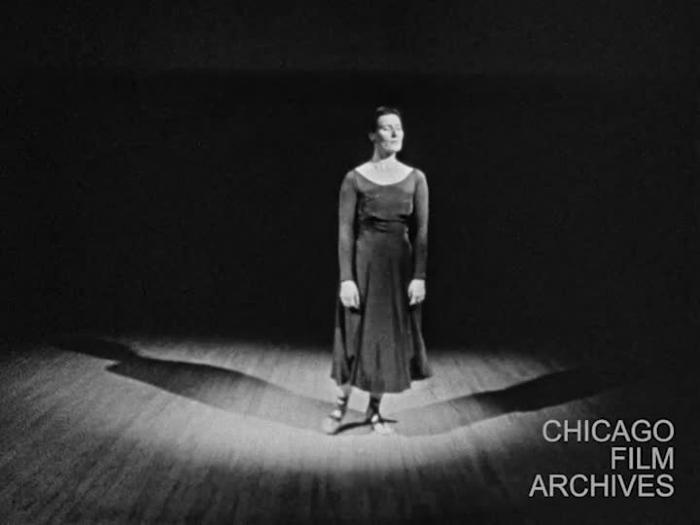

![Chicago in Color / [Unknown]](https://collections.chicagofilmarchives.org/media/cfa/images/4/8/37200_ca_object_representations_media_4813_large.jpg)
